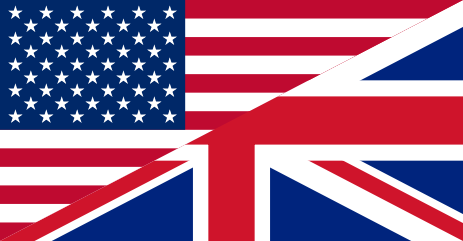In today’s globalized world, the job market is becoming increasingly international. More and more individuals are seeking employment in foreign markets or within companies where English plays a pivotal role. This necessitates crafting a CV in English. Translating a professional resume into English can be challenging, especially when time is limited. This article discusses how to effectively translate your CV into English in less than 24 hours while maintaining professionalism and high quality.

Why Translate Your CV into English?
In an era of expanding and strengthening international connections, many companies are looking for employees beyond their national borders. Having a CV in English opens doors to international career opportunities. A professionally translated CV demonstrates attention to detail and readiness to work in a multicultural environment. English is the language of business and global communication; therefore, many firms require applications in this language. Additionally, attractive job offers often appear suddenly with very short application deadlines. Having a translated CV allows for immediate response and increases your chances of employment.

Entrusting your CV translation to a professional translation agency ensures it is free from stylistic and spelling errors. It’s important to remember that improper use of terminology, grammatical mistakes, or inappropriate formatting can negatively impact how your application is perceived by potential employers. Therefore, it’s worth considering professional translation services that guarantee high quality and precision.
Steps to Translate Your CV into English in Less Than 24 Hours
Gather Necessary Information: Before translating, compile all essential details such as work experience, achievements, and skills. This will facilitate the translation process and ensure no critical information is omitted.
Utilize Translation Tools: If you have less than 24 hours for translation, consider using translation tools like DeepL or text editors with grammar correction features. These can expedite the process and enhance translation accuracy. However, be cautious, as machine translations may not always capture nuances accurately.
Pay Attention to Cultural Differences: Adapt your CV to the expectations of the employer and the company’s profile to which you are applying. For instance, in English-speaking countries, it’s common to omit the candidate’s photo, date of birth, or marital status to avoid potential discrimination claims. Understanding these cultural nuances is crucial for creating an appropriate document.
Ensure Industry Terminology Compliance: Make sure that industry-specific terminology aligns with international standards. This demonstrates your familiarity with the field and ensures clarity for the employer.
Seek Professional Proofreading: After translating, have a native English speaker or professional proofreader review your CV. This helps eliminate errors and ensures the document reads naturally.
Common Mistakes When Translating a CV
Literal Translation: Some phrases or expressions don’t have direct equivalents in English. Literal translation can lead to misunderstandings and harm your image in the eyes of a prospective employer.
Not Adapting to the Target Country’s Culture: Different countries have varying standards for CVs. For example, in the USA, a “resume” is preferred, which is shorter than a traditional CV. In contrast, in the UK, a standard CV might be more detailed.
Grammatical and Stylistic Errors: Even minor mistakes can negatively affect how your CV is received. Therefore, thorough proofreading and text editing are essential.
Key Information Not to Omit (English CV Translation in Less Than 24 Hours)
Even when translating within a tight timeframe, ensure your CV includes:
Personal Information: Include your full name, phone number, email address, and optionally, a link to your LinkedIn profile.
Professional Profile: A brief section highlighting your key achievements and career goals. It should be concise and capture the employer’s attention.
Work Experience: Focus on appropriate terminology and accurate job titles and company names.
Education: Names of universities and study programs often require adaptation rather than literal translation.
Skills: Highlight key competencies such as proficiency with computer programs or soft skills (e.g., teamwork).
Additional Information: Include certifications, completed courses, or foreign language proficiencies.
Useful Tips (English CV Translation in Less Than 24 Hours)
Avoid Literal Translations: Literal translation can lead to confusion or appear unprofessional to a foreign employer. Focus on conveying the meaning naturally in English.
Use Appropriate Industry Vocabulary: Each industry has its specific terminology that should be reflected in your CV. If applying for a technical or specialist position, ensure you use the correct terms.
Maintain Clear Formatting: Your CV should be readable and aesthetically pleasing, regardless of the language. It should contain clear headings and a consistent font style.
Conclusion
Translating a CV into English within 24 hours is achievable through proper preparation, the use of supportive tools, and maintaining professionalism throughout the translation process. It’s essential to adapt the content to cultural and industry-specific requirements and to conduct a thorough proofread before submitting the application. A well-translated CV enhances the chances of securing the desired position abroad or in an international company. Collaboration with professional agencies and the use of modern technologies enable the swift preparation of a document that meets the highest quality and formal standards. Rapid execution does not imply compromises—an accurately translated CV can be the key to professional success in a global work environment.



